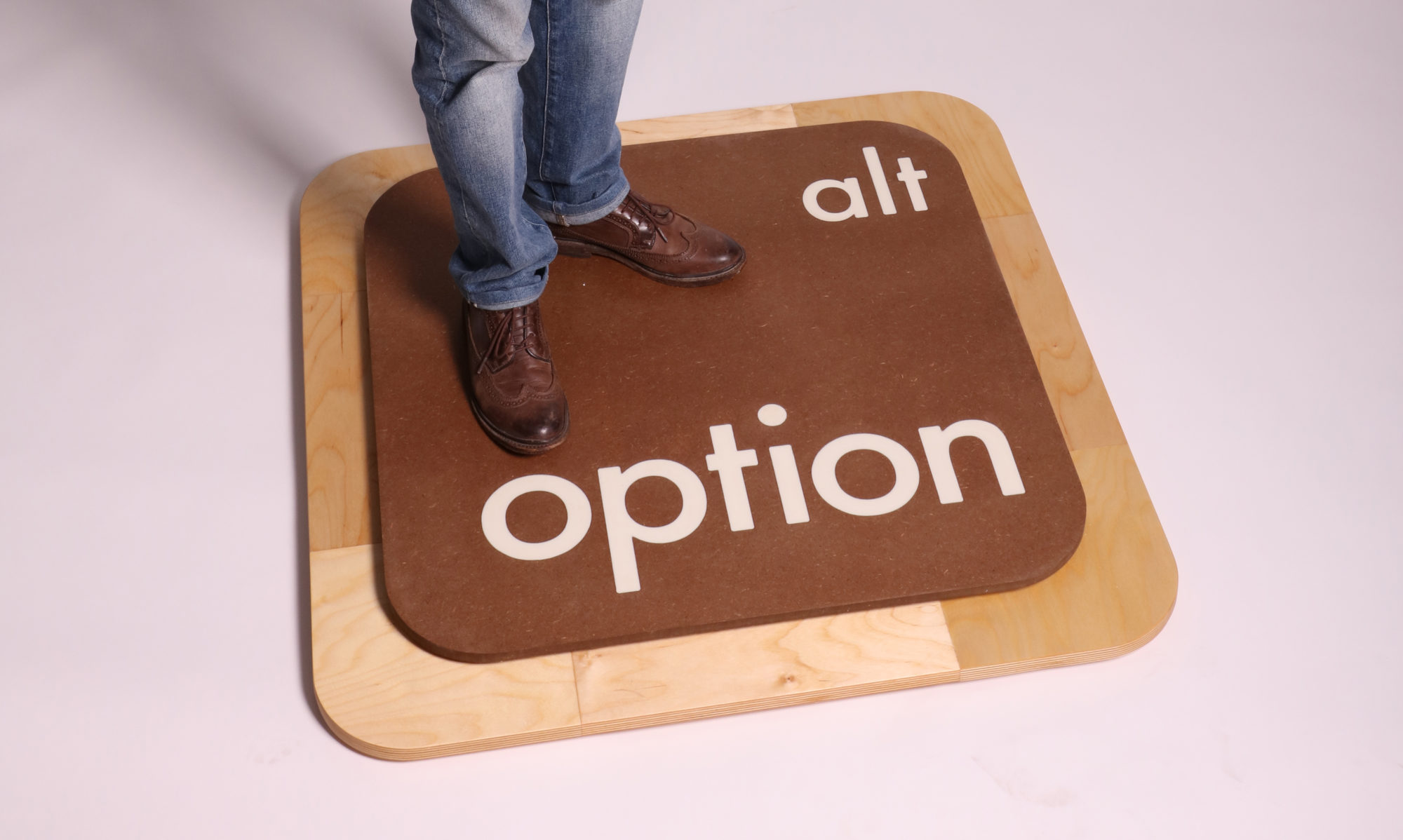1) What
information can ethnographic tools give you to improve the interactivity of an
online banking website? (pp. 48-54)
According to “Thoughts on Interaction Design” (p. 48), an ecosystem diagram is “a visual representation of a system or brand, commonly used to describe a set of user engagement points.” The tools that an ethnographic system can give in helping to improve an online banking service are important to keep in mind. These tools may include providing the customer with a roadmap that visually shows them how each function on the site works together, provides insight on how to interact with each banking feature, highlights the most important functions on the website, and helps the user to understand how each feature comes together to make online banking easier. Another tool that they might use is a journey map. A journey map “describes the sequence users go through, over time, as they encounter the various facets of the ecosystem diagram” (“Thoughts on Interaction Design” p. 50). Similar to the ecosystem diagram, a journey map might provide the user with information on how to use the website through various visual representations. For example, it might show the user how to connect their bank account to the online banking website, how they can set up their online banking, and so much more. I think it’s important to understand that these tools exist and how they work together because banking is an important job that needs to be done right. Without these tools, to help the banking website run smoothly, the user may have a hard time understanding how to use the site, and therefore, they might mess up their banking account or make a mistake that could cost them later on.
2) At
what point is a design finished? What makes it a success? What is its purpose?
(pp. 54-62)
Designs
are never fully finished. There’s always
room to improve and expand on them.
Since technology is always growing and the wants of users are always changing,
a design is never fully complete.
However, I do believe that there’s a certain point where there’s no room
left for improvement. In that case, a
design might be done when it has met the wants and needs of the consumer and/or
has reached a point where re-working it would overcomplicate it or distract it
from its purpose. A successful design is
a design that meets the wants and needs of the consumer. It responds well to change, and it only gets
better with time. In order for a design
to stay a success, it must be able to meet the consumer where they are, give
them what they want, and show them what they need. The purpose of design is to enhance the lives
of the consumer by providing them with tools and experiences that’ll help them to
improve their daily lives.
3) Identify
a product family you use regularly (can be anything from technology to
consumables except for coffee). How has its branding effected your use,
relationship and experience with the product? (pp. 78-84)
One product family that I use on a regular basis are Apple devices. I really like their products because Apple systems are very easy to use. Their branding really has effected the way that I use their products. The first Apple product that I ever got was an iPod. I remember that I was so excited to get it because I saw how much Apple promoted it and how cool it looked. I mean who doesn’t want a music player with a screen that allows you to scroll through music or shows?! Ever since then, I’ve been hooked on Apple products. I think what makes apple such a success is the experience that it provides for the user. Take the iPhone, which I use on a daily basis, for example. Not only does it function as a cell phone, allowing me to call and text people, but it also acts as my own personal music device and search engine as well. The app store, on Apple devices, is a great tool for helping to sell the brand. With so many different apps to choose from, it enhances the user experience by giving them a network for engaging with different services. I love the fact that I can easily connect with my family and friends through apps like Instagram or Facebook. The app store also provides me with various design tools as well, such photo editing or video making apps. These apps really help to enhance and build my relationship with the brand. They do this by giving me a place to stay in touch with the social world and also encouraging me to use my creative skills. Additionally, Apple is also very good at making information readily available for their users. On their website, for example, they provide a support page for each Apple product to help the user navigate through the different features of their device. This is a great branding technique which sets Apple apart from other brands. When it comes to Apple, the needs and wants of the users always come first. This is what makes my experience and relationship with their products so positive.
